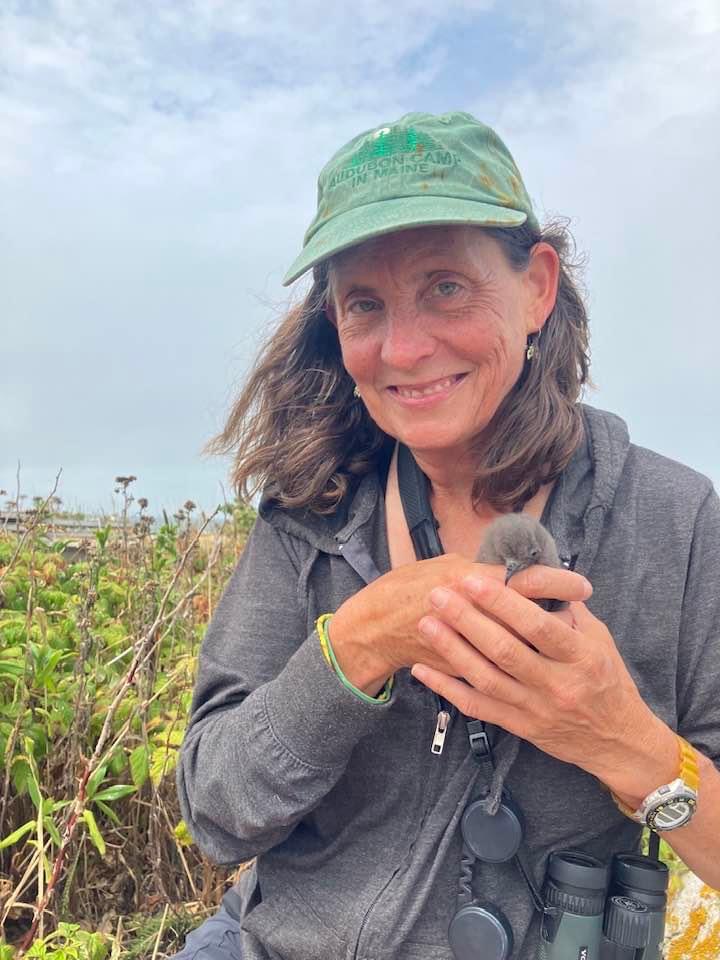A Chapter of Maine Audubon

- This event has passed.
Seabird Conservation in Maine and Beyond
October 20, 2022 @ 6:30 pm - 7:30 pm

Audubon Seabird Institute is known for its ground-breaking work with seabird restoration, beginning with the restoration of Atlantic Puffins on Eastern Egg Rock in Maine. Using decoys and sounds to create the impression and attractive qualities of a real colony, these social attraction tools have become important in a wide variety of conservation projects. Based in Bremen, ME, the Mad River Decoys by Audubon shop uses recycled plastic to create models of many species of colonial seabirds. Learn about the decoy making process, and how social attraction tools have helped rare and endangered seabirds around the world.
Join us on Thursday, October 20, in-person at the Camden Public Library, 55 Main St., Camden, at 6:30 pm. We welcome a small donation to support our free public presentations.
“Seabird” Sue Schubel has worked for Audubon in various capacities since 1984. Beginning as a volunteer on Matinicus Rock, she then spent 10 summer seasons and parts of more on seabird islands in Maine. She worked at the Hog Island Audubon Camp as volunteer coordinator and instructor, and from the mainland as an Outreach Educator in local schools. Currently as Assistant Sanctuary Manager Sue provides logistical support to the researchers on the seven seabird islands managed by Audubon, and helps maintain the field camps there. She is the chief painter of decoys which fly from our Maine Mad River Decoys by Audubon shop to conservation projects around the world. Sue’s desire to travel and work on far-flung islands has led her to pursue avian paleontology in the Cook and Pitcairn Islands, archaeology in Micronesia, seabird restoration in the Galapagos and California, and various projects in Iceland and the Carribean. She has built sound systems to attact many species of seabirds to dozens of safe locations from Asia to Bermuda. Sue lives in a hand-built house in the woods of Maine, feeding woodland birds and her insatiable pug Pipsi Ruby Rhubarb.